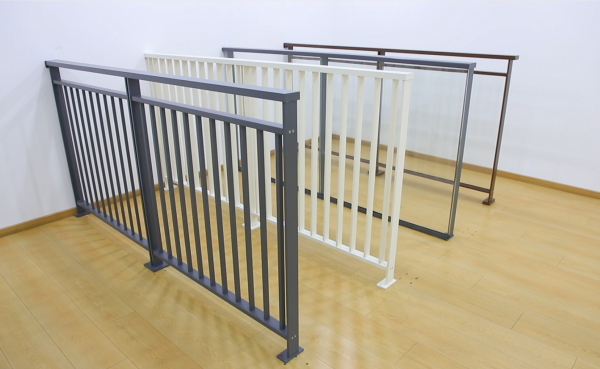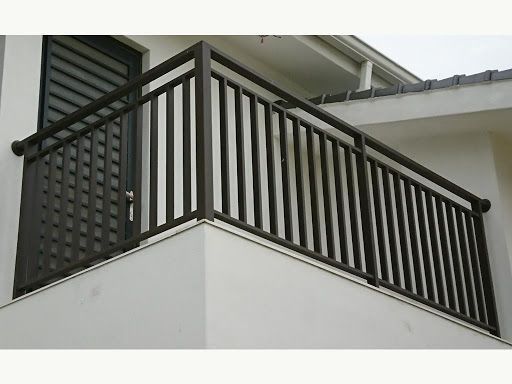Edit:Viewmate all-glass railin
When selecting materials for outdoor rails, the optimal choice hinges on your particular priorities regarding maintenance, durability, environmental impact, and budget constraints. The primary options to consider are Aluminum, Steel, and Plastic Composites, each boasting unique benefits. The table below contrasts their key characteristics to assist you in discerning the distinctions.
| Material | Key Advantages | Key Disadvantages | Best Suited For |
| Aluminum | • Lightweight • Excellent corrosion resistance; will not rust • Very low maintenance; no painting needed • Long service life (claims of 60+ years) |
• Lower hardness and wear resistance compared to steel • Generally lower strength than steel |
Coastal areas, humid climates, and for homeowners seeking a durable, low-maintenance solution. |
| Steel | |||
| (Incl. Coated & Stainless) | • High strength and hardness • High wear resistance and load capacity • Good fatigue strength |
• Prone to rusting if not protected • Heavy weight • Requires ongoing maintenance to prevent corrosion |
High-security applications, industrial settings, or where superior mechanical strength is critical. Requires protective coatings in corrosive environments. |
| Plastic Composites | |||
| (e.g., HDPE, Polyethylene) | • Exceptional resistance to moisture, rot, and chemicals • Completely immune to rust • Low maintenance and often made from recycled materials |
• Not typically used for standard residential railings; more common in specialized applications like railway sleepers. • Lower strength compared to metals. |
Highly corrosive environments (e.g., chemical plants, constant saltwater exposure). A niche but highly durable option where applicable. |
How to Choose the Right Material for You
To make your decision easier, consider the following questions:
What is your local climate like?
If you live in a coastal area with salt spray or a region with high humidity, aluminum is often the superior choice due to its inherent rust-resistant nature. Special coated steels can also be used, but they rely on the integrity of their coating.
How much maintenance are you willing to do?
For a truly low-maintenance option that won’t rust and doesn’t require repainting, aluminum is the most straightforward pick. If you choose steel, be prepared for periodic inspections and touch-ups to the protective coating to prevent rust.
What are your strength and security needs?
For most residential settings, such as balcony and porch railings, aluminum provides more than enough strength and durability. However, for industrial settings, high-security areas, or places expecting significant impact, steel offers greater inherent strength and hardness.
For most homeowners, aluminum presents the best overall combination of durability, safety, corrosion resistance, and minimal upkeep for outdoor rails. If your top priority is maximum strength for a specialized application and you can manage the maintenance, then explore coated steel options.
I hope this detailed comparison assists you in making a well-informed decision. If you can share a bit more about your specific project and location, I may be able to offer more tailored insights.
Want to know more? Click here to contact me: View Mate All Glass Railing
Post time: Oct-08-2025







